Blue Derma
Embrace All Possibilities.
The world's first blue laser with 3 wavelengths for surgical and therapeutic use. A new energy source based on the absorption of melanin and hemoglobin.
Advantages
3 Wavelengths: 445 nm + 660 nm + 970 nm
K-Laser Blue Derma is the world’s first blue laser device with 3 wavelengths, 445 nm + 660 nm + 970 nm, which can be used for both surgical and therapeutic use.
Multipurpose and Versatile
K-Laser Blue Derma allows for a wide range of applications. The handle enables the addition of different types of accessories, allowing professionals to customize treatments according to indications or client need.
Portable and User-friendly
A lightweight and portable device, designed to maximize ease of use, making it the perfect choice for professionals in a variety of settings, while ensuring comfort and flexibility. The device weighs 1.5 kg, including the handle and rechargeable battery.
Safe
The K-Laser Blue Derma handle design ensures maximum safety, including a motion and speed sensor to ensure precise and safe laser therapy. Additionally, all surgical components used can be sterilized between treatments.
Durable
K-Laser Blue Derma requires no maintenance and uses low-cost consumables.
Intuitive Interface
The intuitive interface of K-Laser Blue Derma simplifies energy adjustment with preset protocols and treatment selection based on different patient parameters.
Treatments
Surgical treatments:
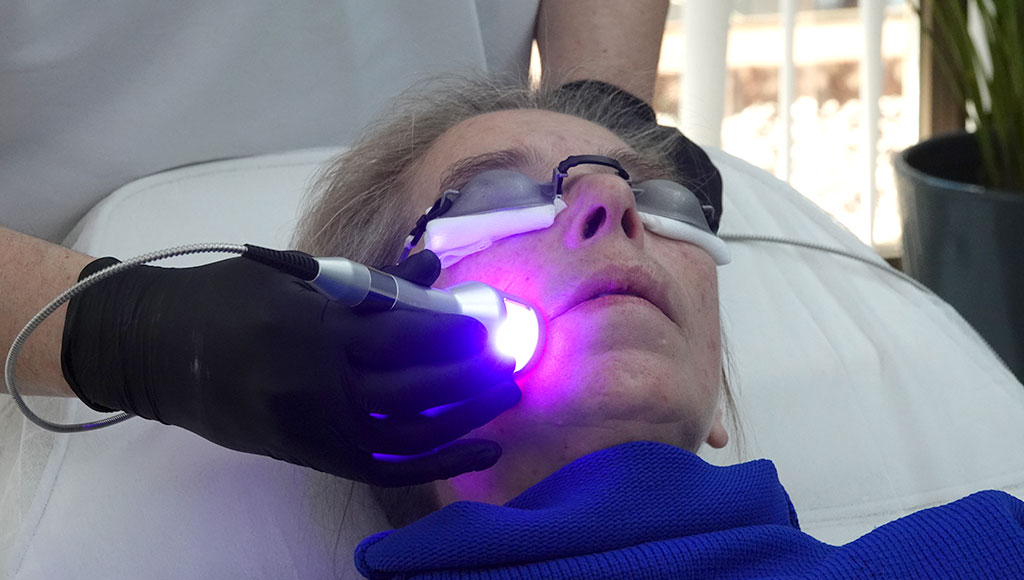
Dermatological Surgery
The K-Laser Blue Derma covers a wide range of treatments in dermatological surgery. From common conditions like mole and warts, to more specific issues like papillomas and fibromas. It is also the perfect device for photorejuventation, scar and resurfacing procedures. Additionally, the device can help to facilitate biopsy procedures with great precision.

Vascular Surgery
In vascular surgery, the K-Laser Blue Derma treats a variety of conditions, such as telangiectasias on the legs, nose, and other areas, as well as angiomas (of the ruby, spider, and flat types) and small cavernous angiomas. With its precise procedures and great versatility, it is an essential tool for vascular care.
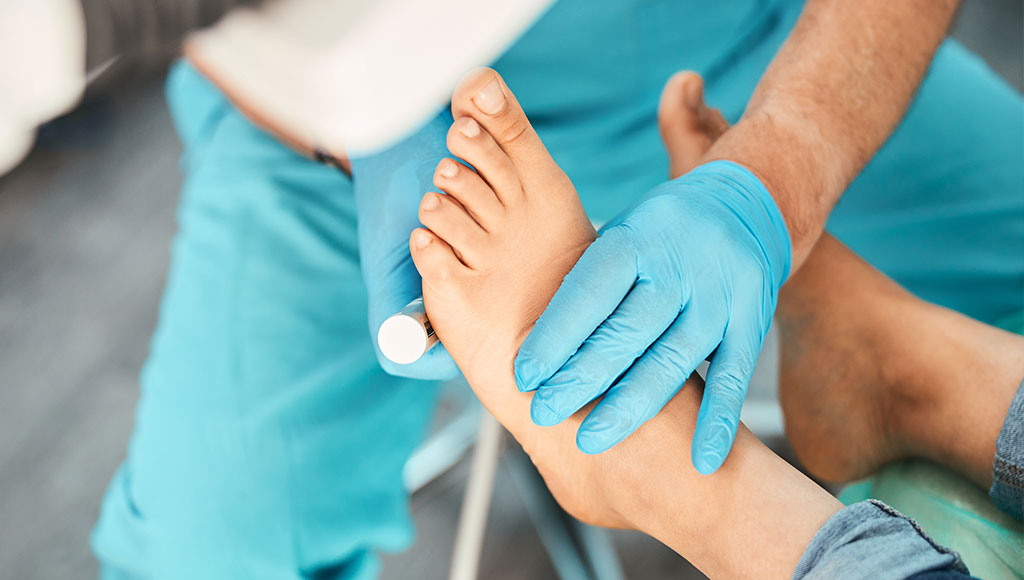
Podiatry
In podiatry, the K-Laser Blue Derma effectively and quickly treats common conditions such as onychomycosis and ingrown toenails.

Dark Spots and Age Spots
K-Laser Blue Derma is highly effective in treating this type of discoloration, offering advanced solutions for skin rejuvenation with quick and painless treatments.
Therapy treatments
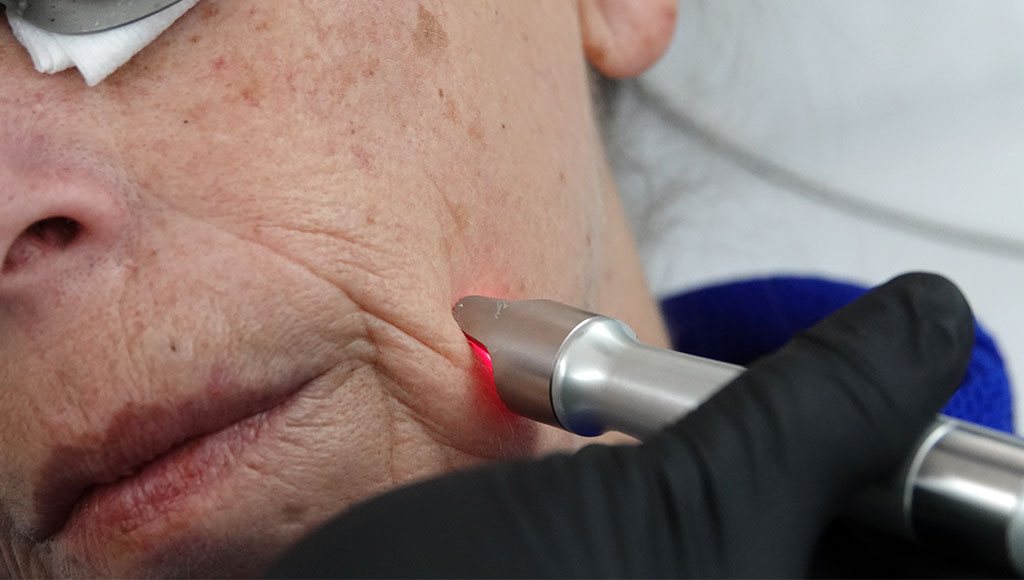
Dermatological therapy
K-Laser Blue Derma can be used to treat a variety of conditions including: acne, wound healing, diabetic ulcers, amongst others. With its advanced technology, it provides effective treatment options to improve overall skin health and well-being.
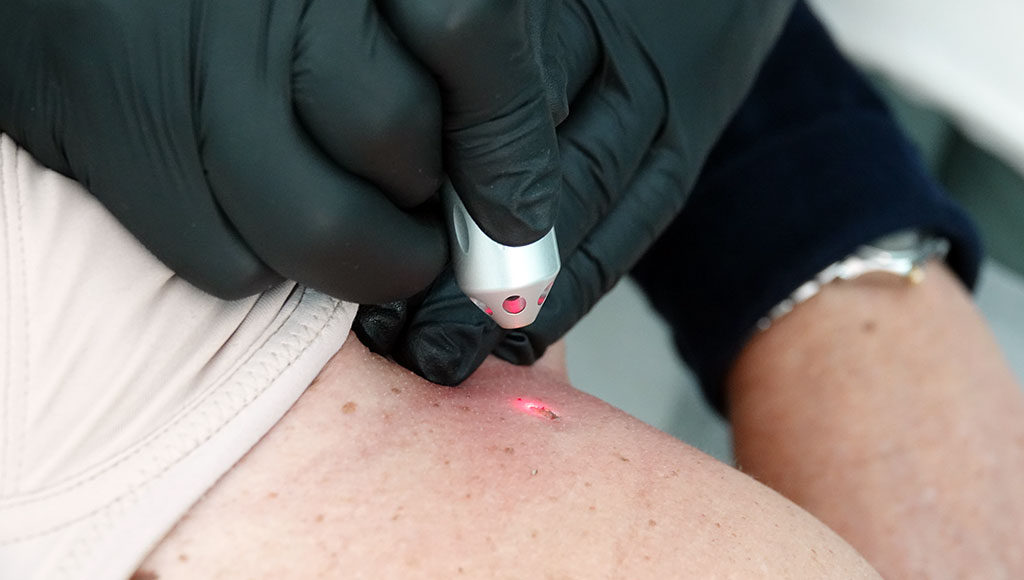
Tissue therapy
K-Laser Blue Derma covers a wide spectrum of issues including mucositis, infections, dermatitis, bone matrix stimulation, and lesion detection. With its advanced capabilities, it offers comprehensive solutions for tissue health and recovery, promoting overall well-being and vitality.
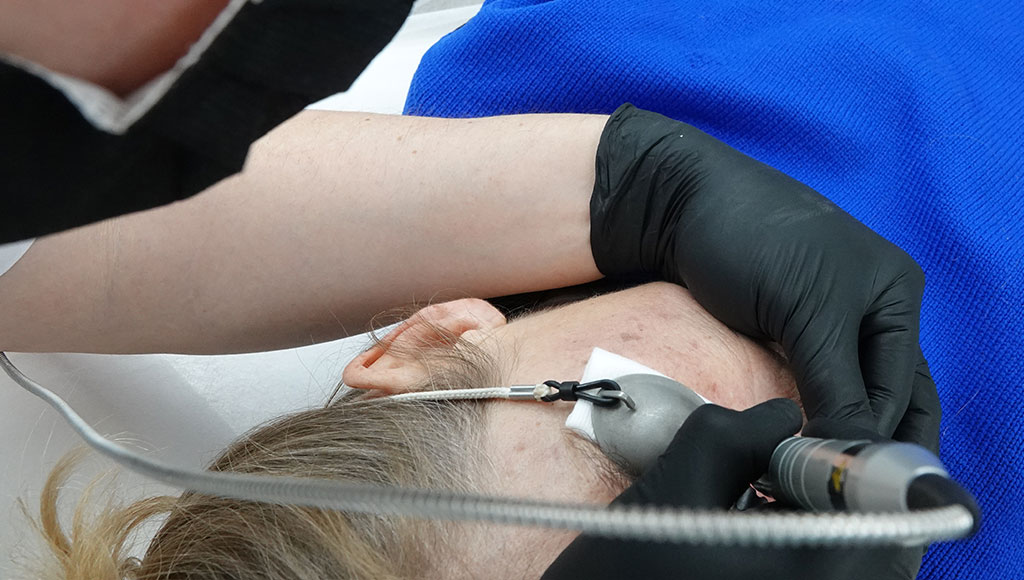
Pain therapy
K-Laser Blue Derma provides effective relief for chronic & acute pain, inflammation, and edema. With its advanced technology, it offers targeted solutions to alleviate discomfort and promote healing, improving the quality of life for individuals experiencing pain and discomfort.
Results
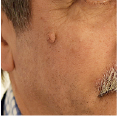
Before
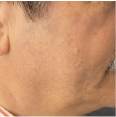
After
Light Nevus
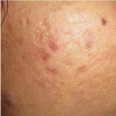
Before
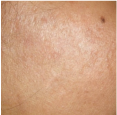
After
Acne Vulgaris
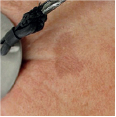
Before
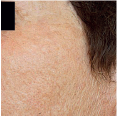
After
Solar-age spots
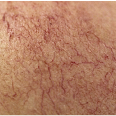
Before
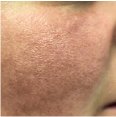
After
Rosacea
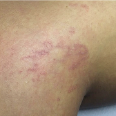
Before
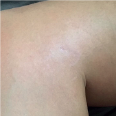
After
Telangiectasias
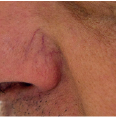
Before
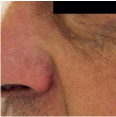
After
Nose Telangiectasias
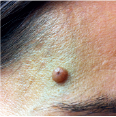
Before
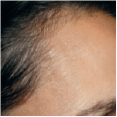
After
Angioma
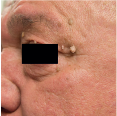
Before
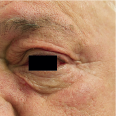
After
Fibroma pendulum
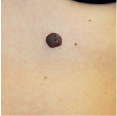
Before
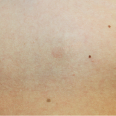
After
Seborrheic Keratosis

Before
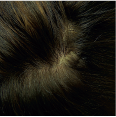
After
papilloma
Technology
The K-Laser Blue Derma boasts revolutionary technology in the fields of dermatology and aesthetic medicine. Harnessing the combination of 3 wavelengths, it can achieve higher laser light power, yielding excellent results across multiple pathologies. Blue Derma focuses on providing an advanced solution for a variety of skin, surgical, and aesthetic concerns.
